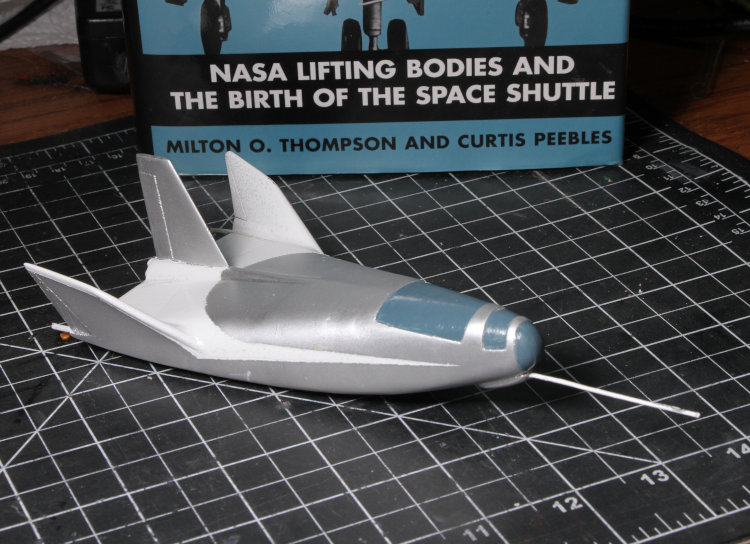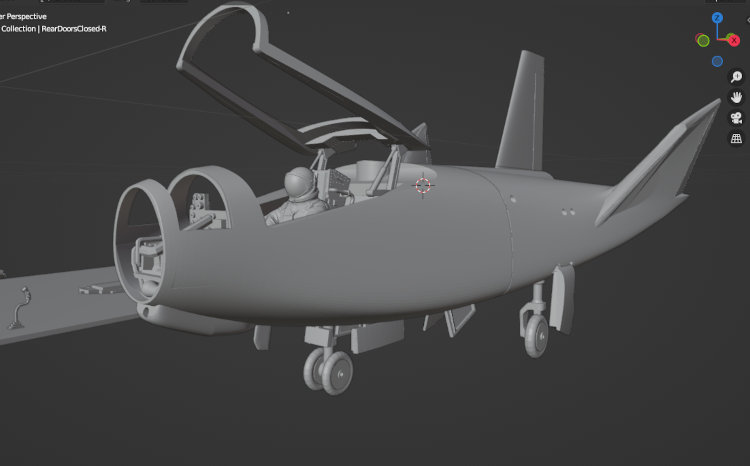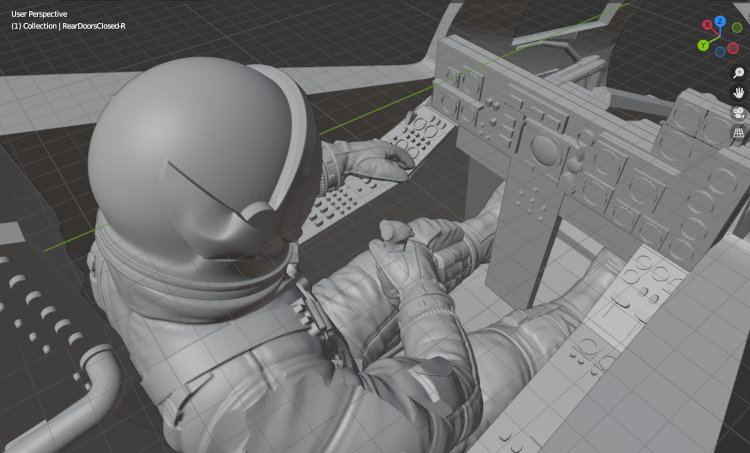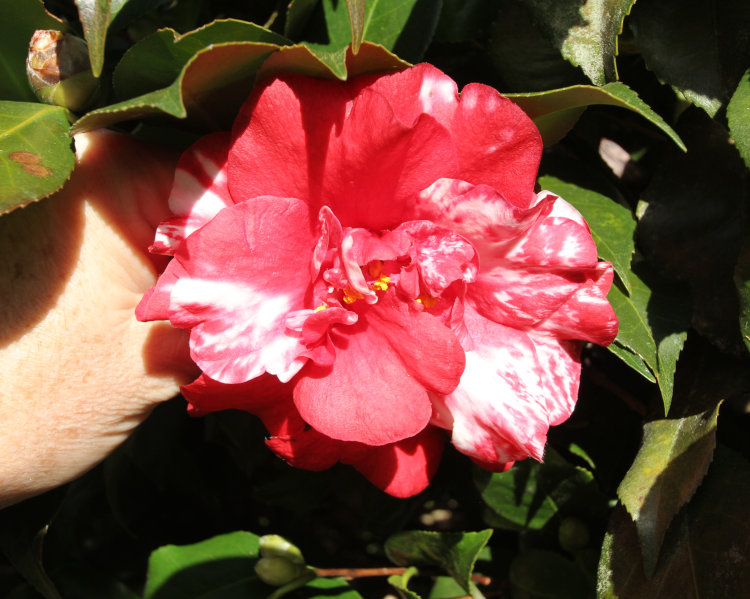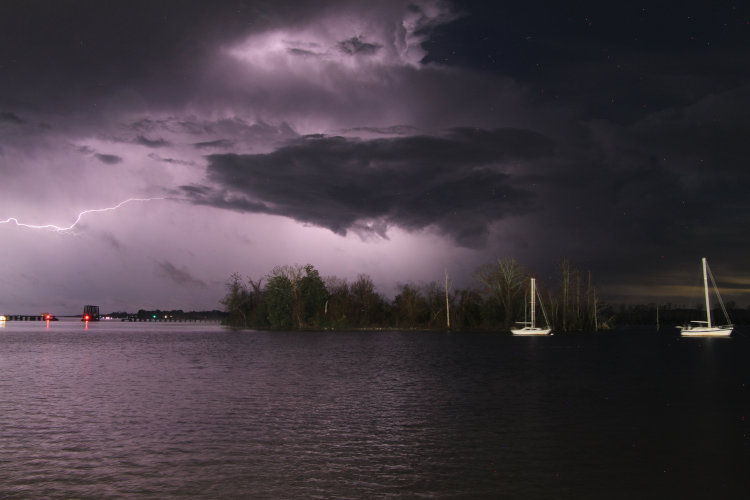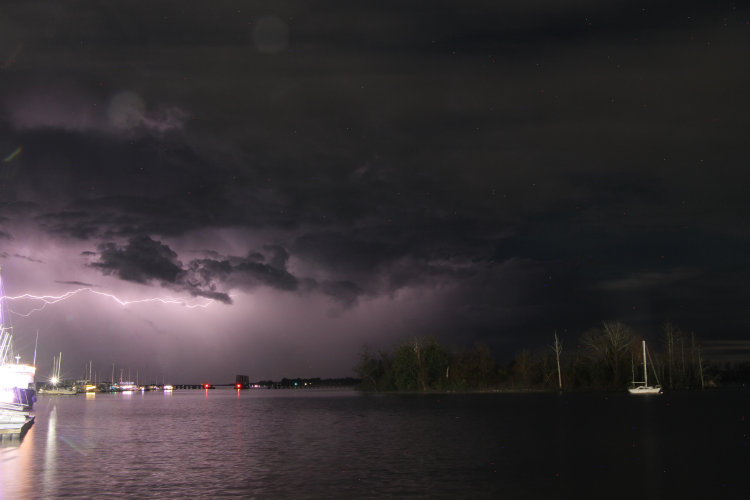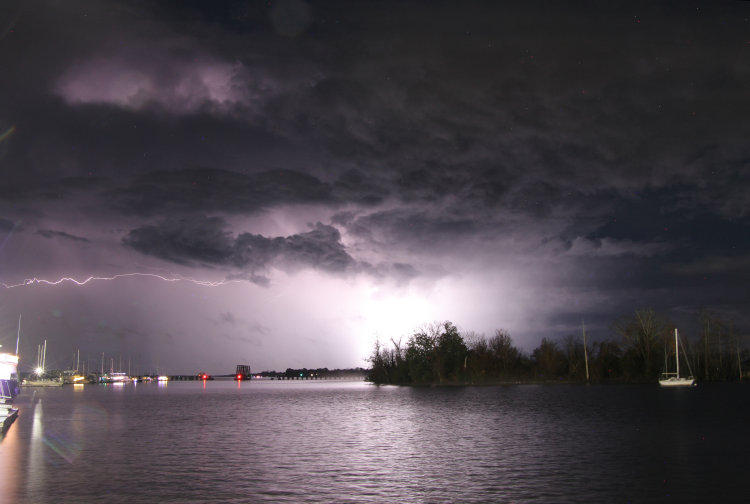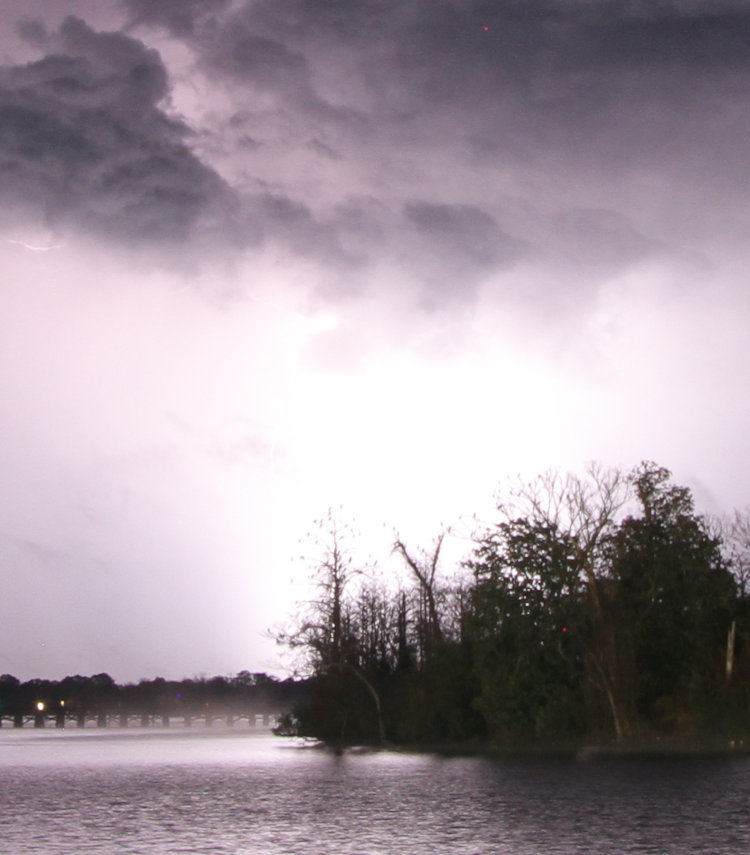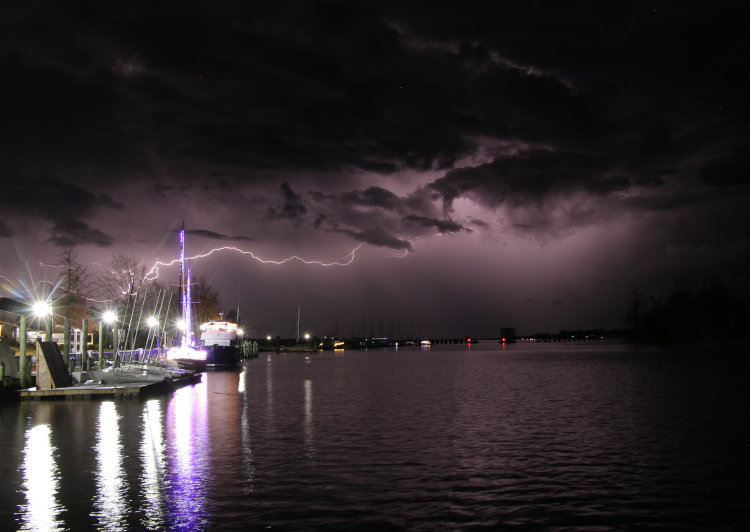This has actually been recommended before, at about this time of year, and I’m a little remiss in not making this a full post, especially two weeks ago or more to give people a chance to get it on their own. You can get it rushed to you in time for the new year, at least.
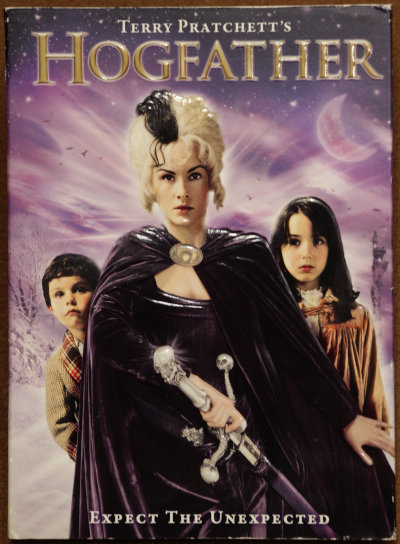 The movie in question is Hogfather, based on the novel of the same name by Terry Pratchett, an entry in the Discworld series. Now, this is a tall order in itself, since Pratchett’s writing doesn’t lend itself to easily making the jump over into screenplays, but one can be excused for being more worried that this was a serialization, of sorts, airing as a two-part episode on BBC television. I have to say, for converting a novel into film, this falls only behind Lord of the Rings in visualization, effort, and accuracy, while having a tiny fraction of the budget. Full credit goes to director Vadim Jean, but close on his heels is casting director Emma Style for putting together a fine collection of actors that fulfill their parts wonderfully. Getting Joss Ackland for Mustrum Ridcully (Archchancellor of Unseen University) was excellent, but Michelle Dockery (Downton Abbey) as Susan and Marc Warren as the quintessentially creepy Teatime are near-perfect for their parts. Perhaps the only weakness in the cast is Corporal Nobby Nobbs, because Pratchett’s vague descriptions of him are bound to provide the readers’ own views that are next-to-impossible to fulfill anyway, though Nicolas Tennant nonetheless does an entertaining version.
The movie in question is Hogfather, based on the novel of the same name by Terry Pratchett, an entry in the Discworld series. Now, this is a tall order in itself, since Pratchett’s writing doesn’t lend itself to easily making the jump over into screenplays, but one can be excused for being more worried that this was a serialization, of sorts, airing as a two-part episode on BBC television. I have to say, for converting a novel into film, this falls only behind Lord of the Rings in visualization, effort, and accuracy, while having a tiny fraction of the budget. Full credit goes to director Vadim Jean, but close on his heels is casting director Emma Style for putting together a fine collection of actors that fulfill their parts wonderfully. Getting Joss Ackland for Mustrum Ridcully (Archchancellor of Unseen University) was excellent, but Michelle Dockery (Downton Abbey) as Susan and Marc Warren as the quintessentially creepy Teatime are near-perfect for their parts. Perhaps the only weakness in the cast is Corporal Nobby Nobbs, because Pratchett’s vague descriptions of him are bound to provide the readers’ own views that are next-to-impossible to fulfill anyway, though Nicolas Tennant nonetheless does an entertaining version.
The reason that I say this is so late is that the Discworld has its own counterparts of our culture, and the Discworld counterpart to our christmas is Hogswatch, presided over by a jolly fat man in a red suit (driving a sleigh pulled by four boars,) the Hogfather. Only, there is a plot afoot to eradicate the Hogfather, which may have dire consequences for all of the Discworld. Now, the Hogfather is an anthropomorphic personification, in essence, imagination made real, just like the Tooth Fairy, the Soul Cake Duck, and Death itself, so one might ask how you could potentially eradicate such a ‘being,’ and Pratchett does a marvelous job of addressing this while opening up much bigger and more philosophical subjects such as the nature of belief. The film progresses through the gradual reveal of the plot machinations, and those with a short attention span might find themselves too confused too often, but patience is a keyword, because it all becomes not just clear in the end, but also an examination of human nature and cultural heritage. Don’t let me give the wrong impression, though, because the story remains paramount and its progression holds our attention while presenting us with the various parallel aspects of the Discworld.
There are two main caveats. The first is the runtime, which clocks in all told at 3 hours and 9 minutes, though it is helpfully broken into two parts and thus may be watched in two sittings as preferred – on DVD or streaming, of course, this may be broken down further. The second caveat is that it was produced in England and, despite this being a fictional universe, the dialect and patois are distinctly British – this is not out of place, given how Ankh-Morpork, the city where most of the story takes place, is remarkably similar to Victorian London, but it does present some challenges from the dialogue at times, perhaps most so from Ridcully (Ackland.)
Michelle Dockery’s portrayal of Susan is exemplary, gradually revealing the special properties that she is disinclined to acknowledge herself, but from her first appearance she displays her critical thinking abilities and no-nonsense approach to matters. Her involvement in the whole affair is perhaps not quite as reluctant as she maintains, and this does eventually bring her into contact with Death – though, not in the manner that you might imagine, and she has her own way of addressing such. Death (voiced wonderfully by Ian Richardson) plays a large and important role in this film, though not very often in fulfillment of its own duties.
The faculty of Unseen University (the Discworld’s premier college of wizardry) also plays a large role, especially when more personifications start to appear, and while Hogfather falls before the other novel in the series that I’ve reviewed, this one served as an integral aspect of the development of the faculty that culminated in that later novel. As I recall, there was more involvement of the wizards in the book than in this film adaptation, which could have been more entertaining it itself, but may also have been sidetracking a little too much, not to mention adding to an already appreciable runtime. ‘Hex’ is nicely depicted though, and there are a few easter eggs here and there for those who are paying attention. It was years before I discovered that Mr Sideney (Nigel Planer) was one of the main actors from The Young Ones. Pratchett himself makes a cameo appearance at the end, as well as being an integral part of the screenplay and production. Meanwhile, listen carefully to Teatime’s holiday wishes right at the end of Part One, and pay attention to the curtains near the very end of the film.
The special effects are not up to par with many other films of the era (this was produced in 2006, after all,) but are not bad in any way, especially for a made-for-TV film; I found the weakest aspect to be the sound effects, yet not in any way distracting. I would have liked a little more variety in the music as well, since the main ‘theme’ of the film repeats quite often, through the DVD menus as well, and it can stay in your head for days. On the other hand, the children that appear are more accurate than nearly every holiday movie out there, and two of the little girls in the department store are adorable, though your grandmother may not agree. In fact, the department store is likely my favorite scene throughout the film (well, scenes, since it is broken up among concurrent plot developments.)
Pratchett’s wry observations of culture and human nature come through from time to time, as evidenced by Death’s manservant Albert reminiscing about his underprivileged childhood, longing for an elaborate rocking horse in a store window:
Albert: Yes, I would have killed for that horse. But you know what? I still hung up my stocking on Hogswatch Eve. And you know why? ‘Cause I… had… hope. Yep. And the next morning, our dad had put in my stocking a little wooden horse that he carved his very own self.
Death: AH, AND THAT WAS WORTH MORE THAN ALL THE EXPENSIVE TOY HORSES IN THE WORLD.
Albert: No, ’cause you’re a selfish little bugger when you’re only seven. It’s only grownups that think like that.
Yet the real strength of Hogfather, and the reason why I’m glad this one of Pratchett’s novels was chosen for this treatment (a few others came along later, probably based on the response to this,) is that underneath it all, it examines how humans take our world around us and turn it into something else. I’ve posted about this before, but we have the tendency to almost dismiss what is in favor of what seems better to us, to the point that the facts of the matter can often be considered rude or ‘unfeeling.’ There are so many aspects of how we live in a fantasy and assiduously avoid reality that it’s almost disturbing, and while the story doesn’t decry this per se, it nonetheless hints at how often it occurs, and that it’s a facet of human nature. For better or for worse? Well, that depends on the ultimate effect, doesn’t it?
Hogfather has been a holiday staple in our household for years now, much better than much of the schmaltz that many people want to consider their holiday tradition, and perhaps you won’t adopt it in the same manner, but it’s at least worth a viewing to see an alternate depiction as well as a suspenseful crime story. And it’s a good introduction to the Discworld series of books, as well.
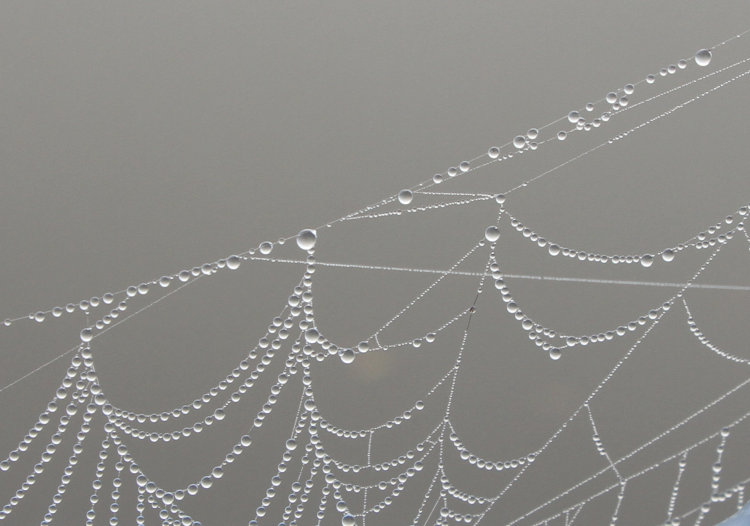
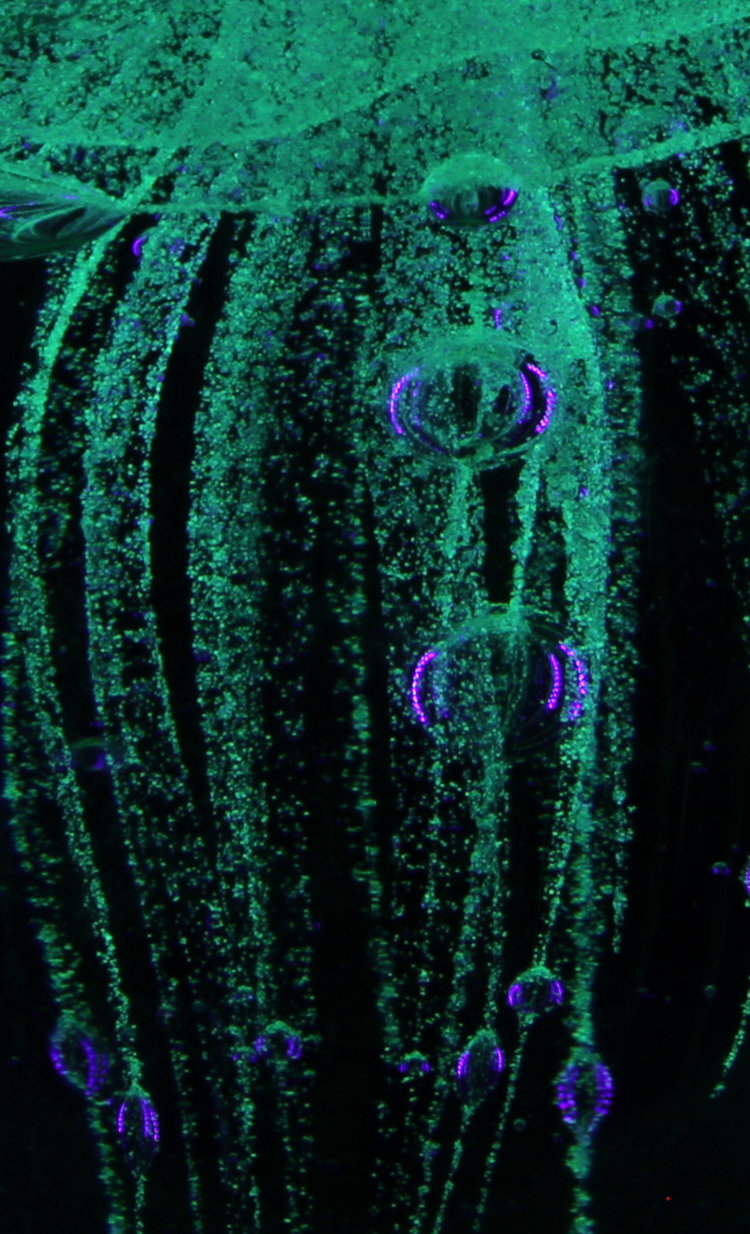





















































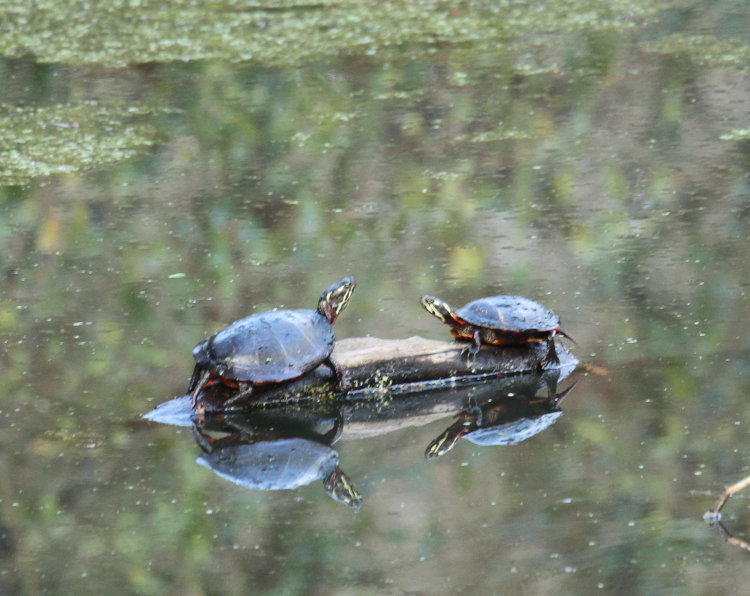


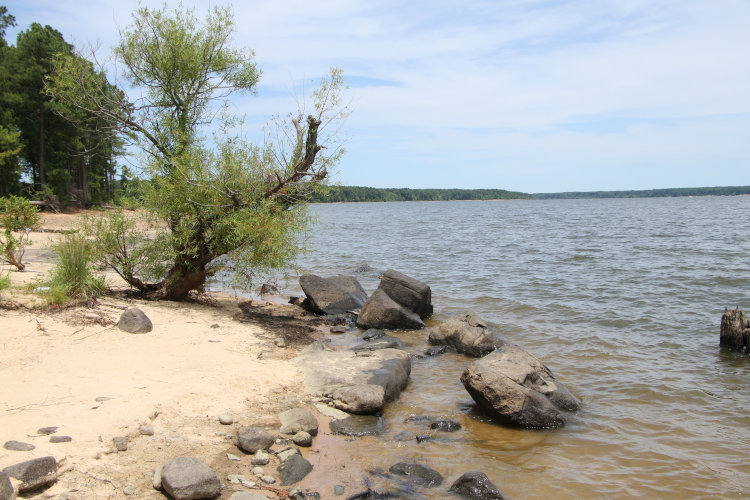
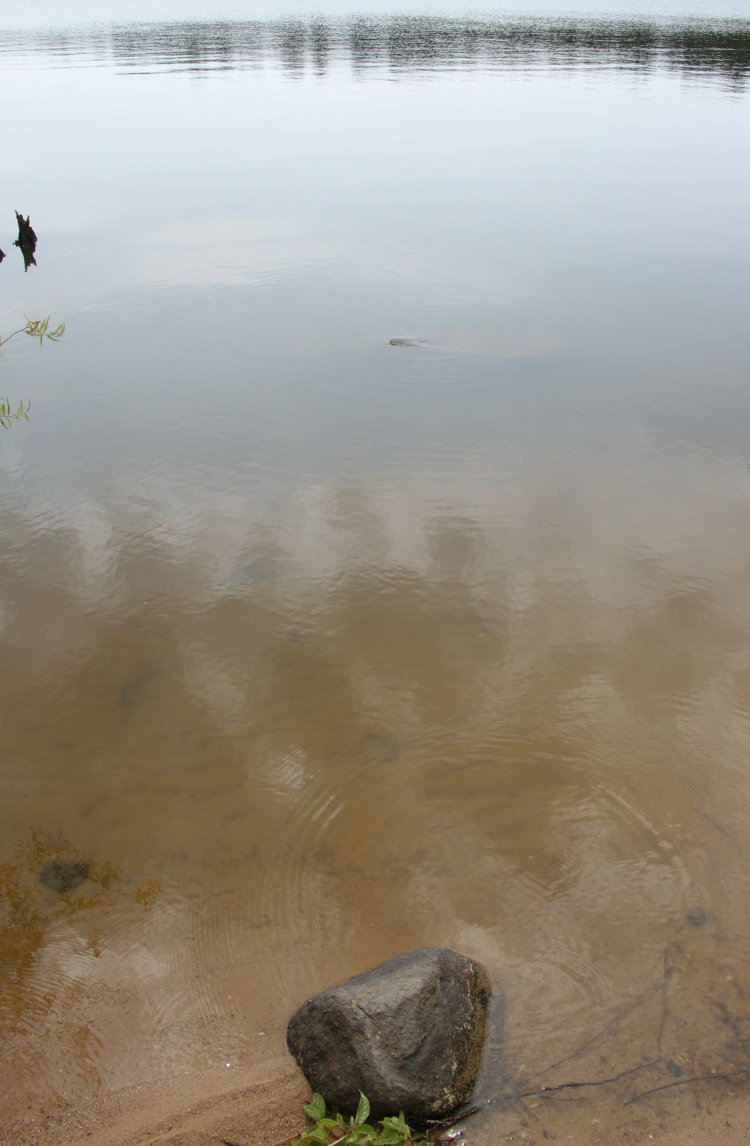
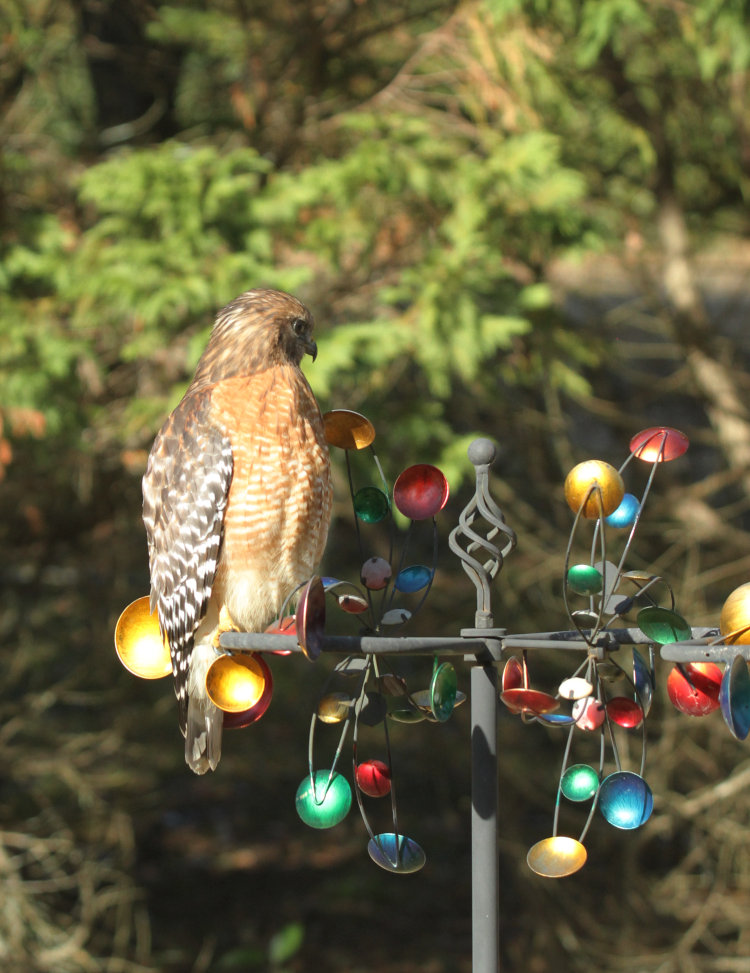
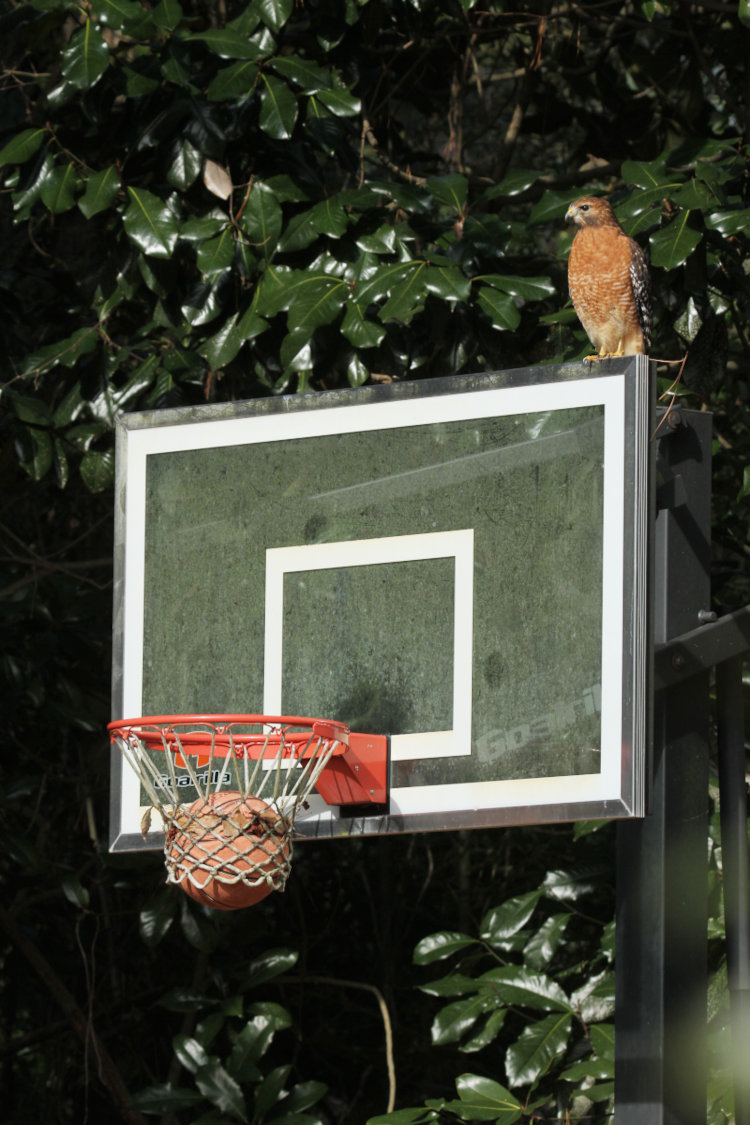
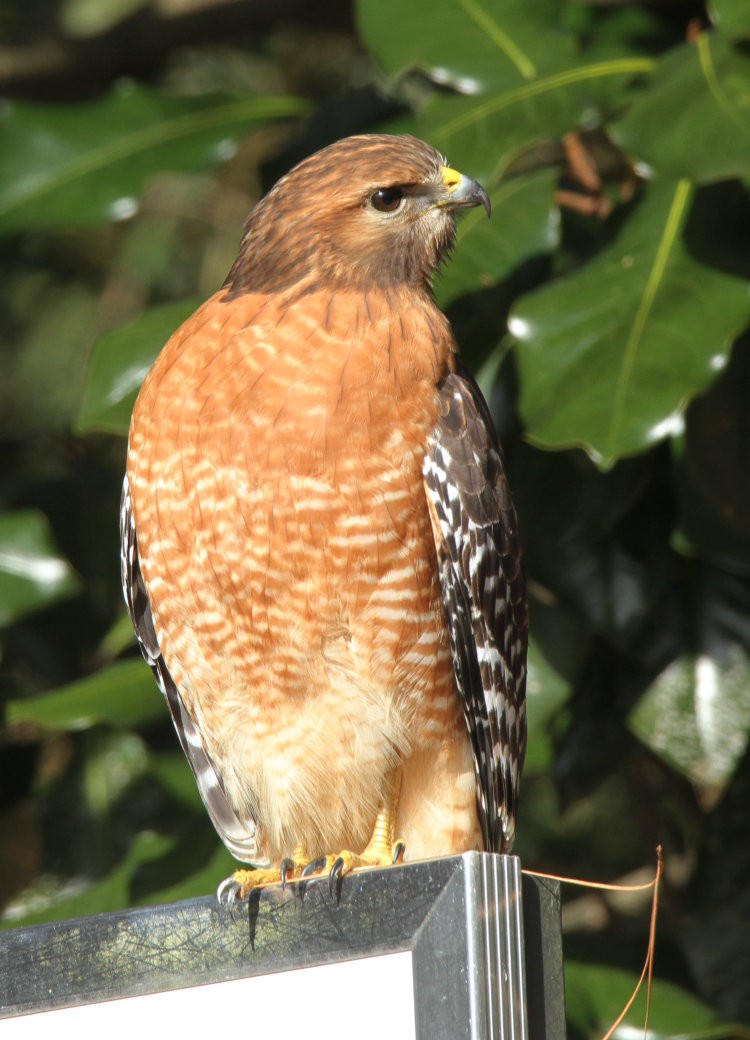
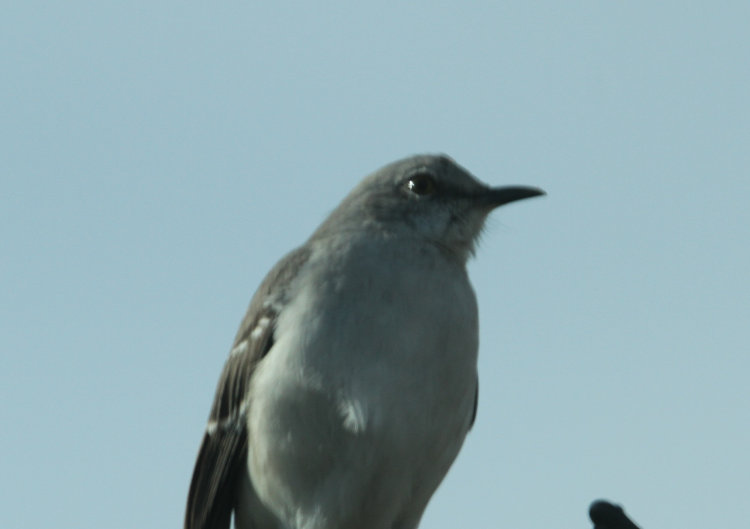
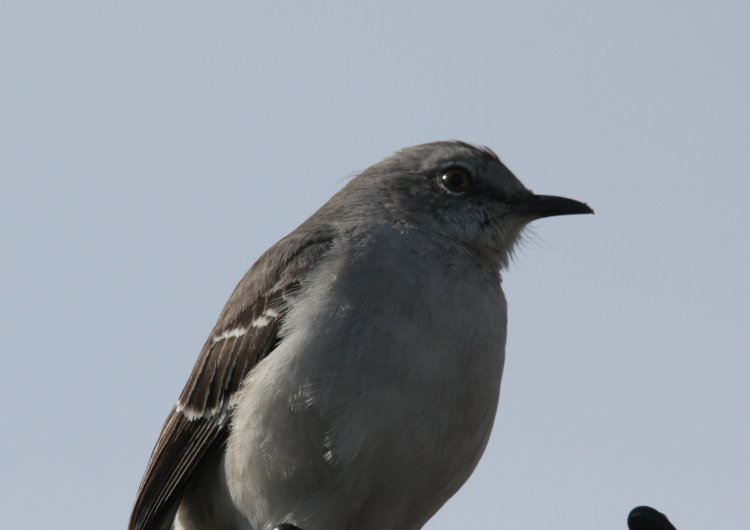
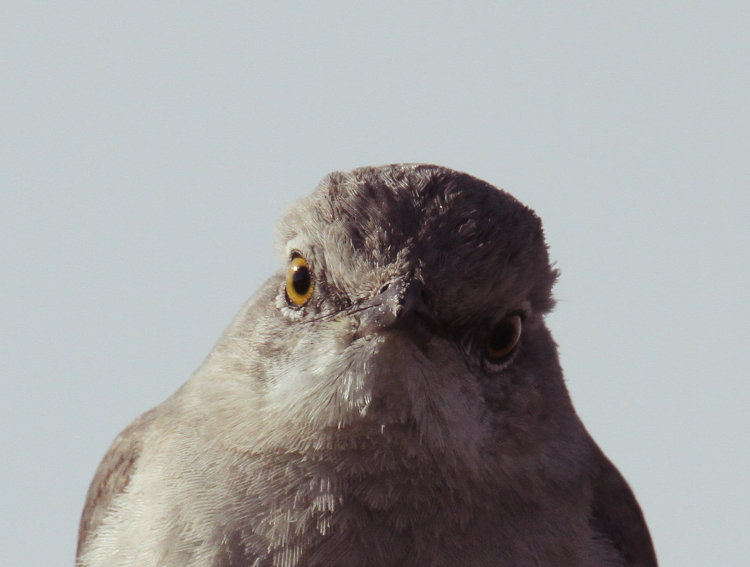



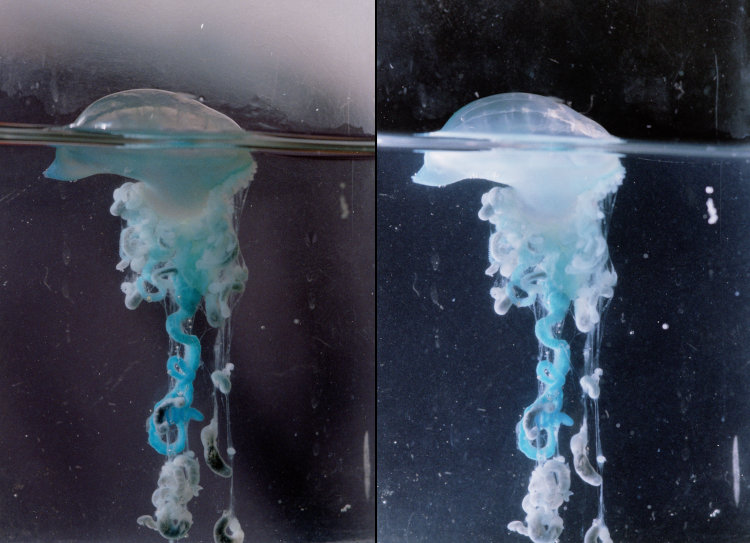
 The movie in question is Hogfather, based on the novel of the same name by Terry Pratchett, an entry in the Discworld series. Now, this is a tall order in itself, since Pratchett’s writing doesn’t lend itself to easily making the jump over into screenplays, but one can be excused for being more worried that this was a serialization, of sorts, airing as a two-part episode on BBC television. I have to say, for converting a novel into film, this falls only behind Lord of the Rings in visualization, effort, and accuracy, while having a tiny fraction of the budget. Full credit goes to director Vadim Jean, but close on his heels is casting director Emma Style for putting together a fine collection of actors that fulfill their parts wonderfully. Getting Joss Ackland for Mustrum Ridcully (Archchancellor of Unseen University) was excellent, but Michelle Dockery (Downton Abbey) as Susan and Marc Warren as the quintessentially creepy Teatime are near-perfect for their parts. Perhaps the only weakness in the cast is Corporal Nobby Nobbs, because Pratchett’s vague descriptions of him are bound to provide the readers’ own views that are next-to-impossible to fulfill anyway, though Nicolas Tennant nonetheless does an entertaining version.
The movie in question is Hogfather, based on the novel of the same name by Terry Pratchett, an entry in the Discworld series. Now, this is a tall order in itself, since Pratchett’s writing doesn’t lend itself to easily making the jump over into screenplays, but one can be excused for being more worried that this was a serialization, of sorts, airing as a two-part episode on BBC television. I have to say, for converting a novel into film, this falls only behind Lord of the Rings in visualization, effort, and accuracy, while having a tiny fraction of the budget. Full credit goes to director Vadim Jean, but close on his heels is casting director Emma Style for putting together a fine collection of actors that fulfill their parts wonderfully. Getting Joss Ackland for Mustrum Ridcully (Archchancellor of Unseen University) was excellent, but Michelle Dockery (Downton Abbey) as Susan and Marc Warren as the quintessentially creepy Teatime are near-perfect for their parts. Perhaps the only weakness in the cast is Corporal Nobby Nobbs, because Pratchett’s vague descriptions of him are bound to provide the readers’ own views that are next-to-impossible to fulfill anyway, though Nicolas Tennant nonetheless does an entertaining version.